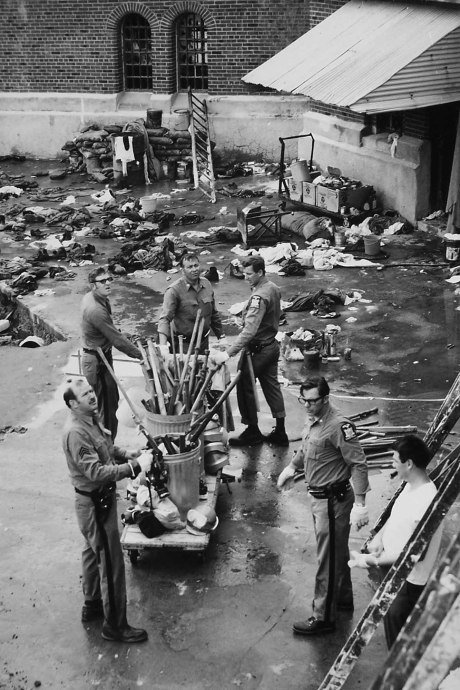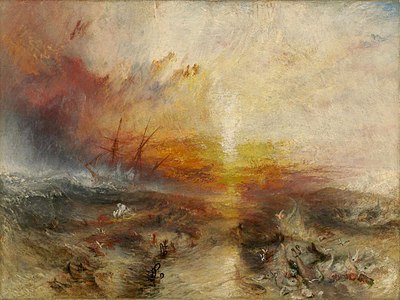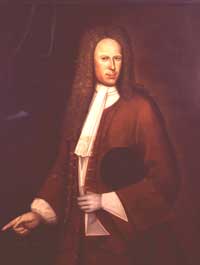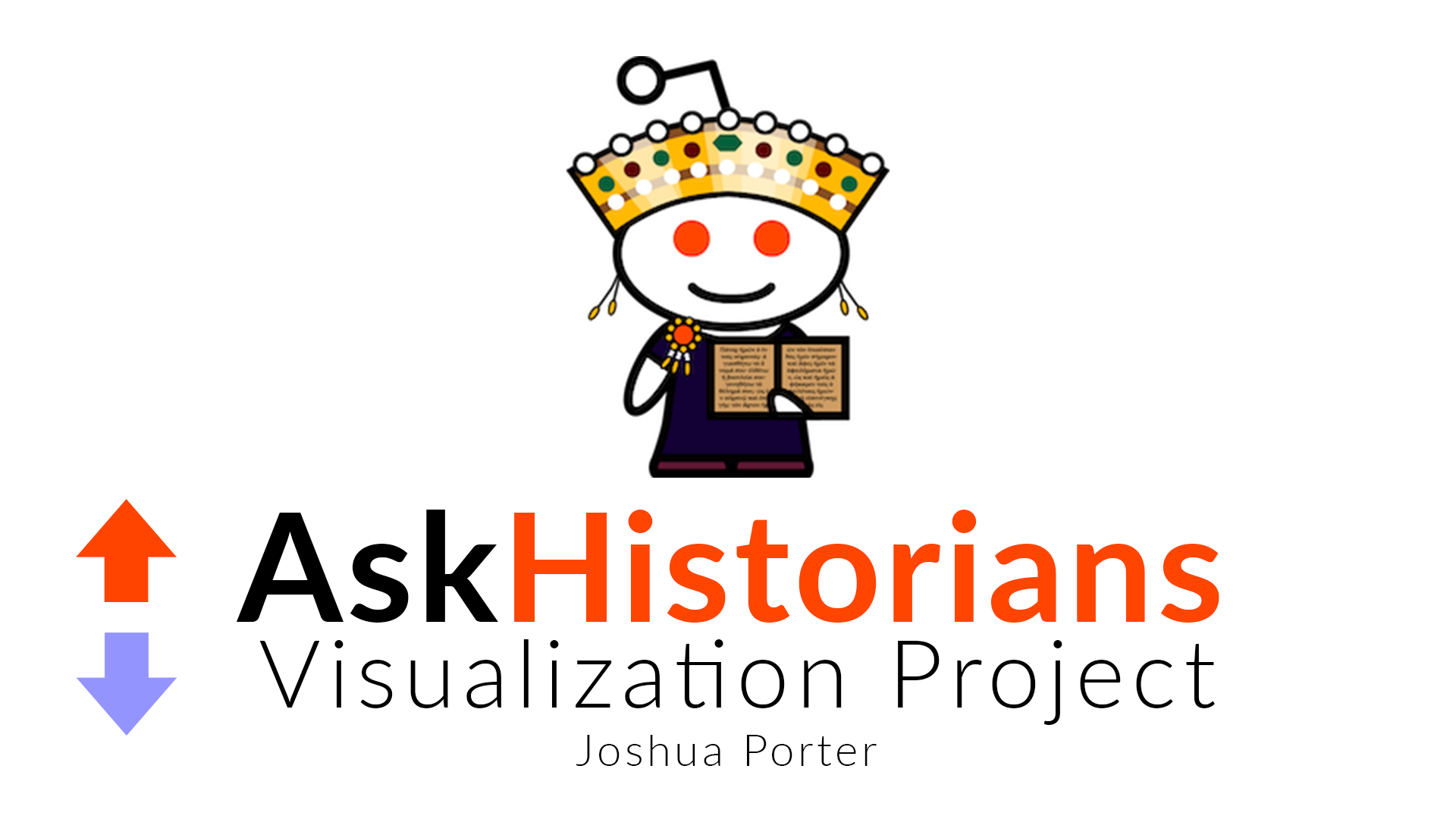Final Proposals
-
Final Proposal
Outline– My final project will trace the development of the labor force of the American whaling industry over the nineteenth century. Using the New Bedford whaling crew list database as a data set and the use of network analysis and mapping this project reveals the racial and geographic makeup of the whaling crews. There has been previous research revealing the cosmopolitan makeup of the New Bedford crews, by mapping residency, skin color, rank and other metrics this anecdotal evidence will become visually apparent. Further, running a network analysis upon a select number of ships and filtering by race and residency, patterns of the crew makeups become apparent. Mapping residency onto a globe will display the specific hubs form which American whale men came from. While a network analysis of a collection of select voyages will trace the unique stories of specific crews. The whalers who sailed from New Bedford are incredibly diverse, and many crews display specific makeups. This project will attempt to verify previously known crew patterns as well as reveal others.
-
Final Project Proposal: Internal Salve Trade
By Jesse Aragona
Data Critique- My project begins with a tweak in my initial Data Critique, analyzing how best to interpret and use the data provided for my research needs. Revisiting the issues with the data set will provide a clear and concise lens through which I can view the rest of the project.
Data Cleaning- The main focus as far as cleaning is two fold for this project, narrowing the scope of the data set excluding information irrelevant to the United States and using the original formatting to decipher categories lost in translation to Google sheets is absolutely necessary for the completion of this project.
Secondary Bibliography-
1)The Chattel Principle: Internal Slave Trades in the Americas by Walter Johnson
2)Quantitative Estimates of the United States Interregional Slave Trade, 1820-1860
3)Hidden in Plain Sight: Centering the Domestic Slave Trade in American Public History
4)Slave Trading in a New World: The Strategies of North American Slave Traders in the Age of Abolition
How closely can we trace the route from Africa to arrival at U.S. ports, and with how much accuracy can we find the final destinations of the enslaved? Did certain ships stick to certain routes, and if so how close can we come to obtaining national origins for the enslaved and their ancestors. How accurately can we map those journeys?
Goals- A map of voyages, hopefully expanding out from the initial port to separate destinations if possible. A cleaned representation of the data used, sheets provided representing the journeys and individuals shown on the map. Ideally the map will allow the reader to trace routes of individual voyages from the nation of origin to the point of departure, and further if more data can be adapted and used for that purpose. The project will also provide a significant explanation of the Internal United States Slave trade, including policies and methods.
Timeline- March 30th, Isolation of Data to be used as well as completed cleaning of said Data. April 3rd, rough draft of map as well as final data set exclusions and inclusions. April 9th, Rough Map of Voyages completed
-
Final Project Proposal
Data Critique
The two datasets I will be using for this project are rosters from the National Basketball Association and Major League Baseball five years after integration. The datasets primarily come from information from websites associated with sports reference. I was able to create datasets using this information to include information like the name of the player, age of the player, where they are from, what team they played on, and most importantly for this project their race. This includes data for each team from each league. As this dataset was made by me, I’m still considering adding more data if I find something else I want to explore with this project.
-
Final Project Proposal: Economic Development in the Russian Empire, 1700-1913

Trans-Siberian Railway, c. 1900 RUSCORP is a database of corporations in the Russian Empire founded between 1700 and 1913. The project of Thomas C. Owen at Louisiana State University, the data was compiled through the analysis of corporate charters granted by the Russian government from the time of Peter the Great until the outbreak of World War I and subsequent collapse of the Russian Empire. The database is composed of fifty-two machine-readable text files, divided into six separate file categories analyzing 4,539 corporations, 14,245 founders, and 5,243 managers. This information documents the rise of capitalism in Tsarist Russia, tracking its progress through Russia’s industrialization in the late 19th century and the demise of the empire in the early 20th century.
-
Final Project Proposal: Mapping the Attica Prison Uprising Collections at the New York State Museum

New York State Police investigators collect evidence in D Yard at Attica State Correctional Facility on September 13, 1971. Courtesy of the New York State Archives -
Final Project Proposal: Trans-Atlantic Slave Trade

J.M.W. Turner’s The Slave Ship, depicting the “Zong Massacre.” -
-
Final Project: The Evert Wendell Files

Evert Wendell: The Man with No Eyebrows Data Critique
The Evert Wendell account book data details the “fur” trade between Wendell and Canadians/Native Americans. The dates range from the late 1690s to the early 18th century. Trade ranges from Canadians to people in the Catskill region in lower New York. This includes a variety of Native Americans such as the Seneca and Mohawk. It cannot describe the trade other than the details written down in Wendell’s account book. Those features, when translated into the spreadsheet, are as follows: name, male, female, gender, tribe, affiliation, date, trade good, fur, town, and the amount of fur/guilders received. This particular dataset includes about 1600 entries. Many of the names given are offered in relation to another person (i.e. mother of D’caiendanharij). This dataset was taken from Wendell’s account books and translated into a spreadsheet by Dr. Kane. It is divided for clarity, including three rows regarding gender. If this were my only source, I would lack the context of the trade itself that a secondary source could provide. Additionally, I might be lost on the geographic location of the trade, who Evert Wendell was, or what a marten was.
-
Final Project Proposal: DPLA Adirondack Data set
My data set is composed of entries pulled from the Digital Public Library of America relating to the search term “Adirondacks.” Each row contains the link to an image, what organization contributed the image, the subject of the image, the image’s original creator, the medium, and a description of the image’s content. Not every entry contains all of this information. The images come from many sources, but the majority of the content comes from the Adirondack Museum and the New York Public Library.
-
City of Albany Census Data, 1850 to 1940
The Census records dataset contains information on sex, age, race, birthplace, mother’s and father’s birthplace, literacy, occupation, and relationship between a person and the head of household if one exists. The US Census Bureau categorizes all people who are not in housing units as living in group quarters. Examples of group quarters include prisons, missions, and college housing. If a person on the census is not part of a household, their group quarter is listed. Information for these are the type, funding, and details of the group quarter.
